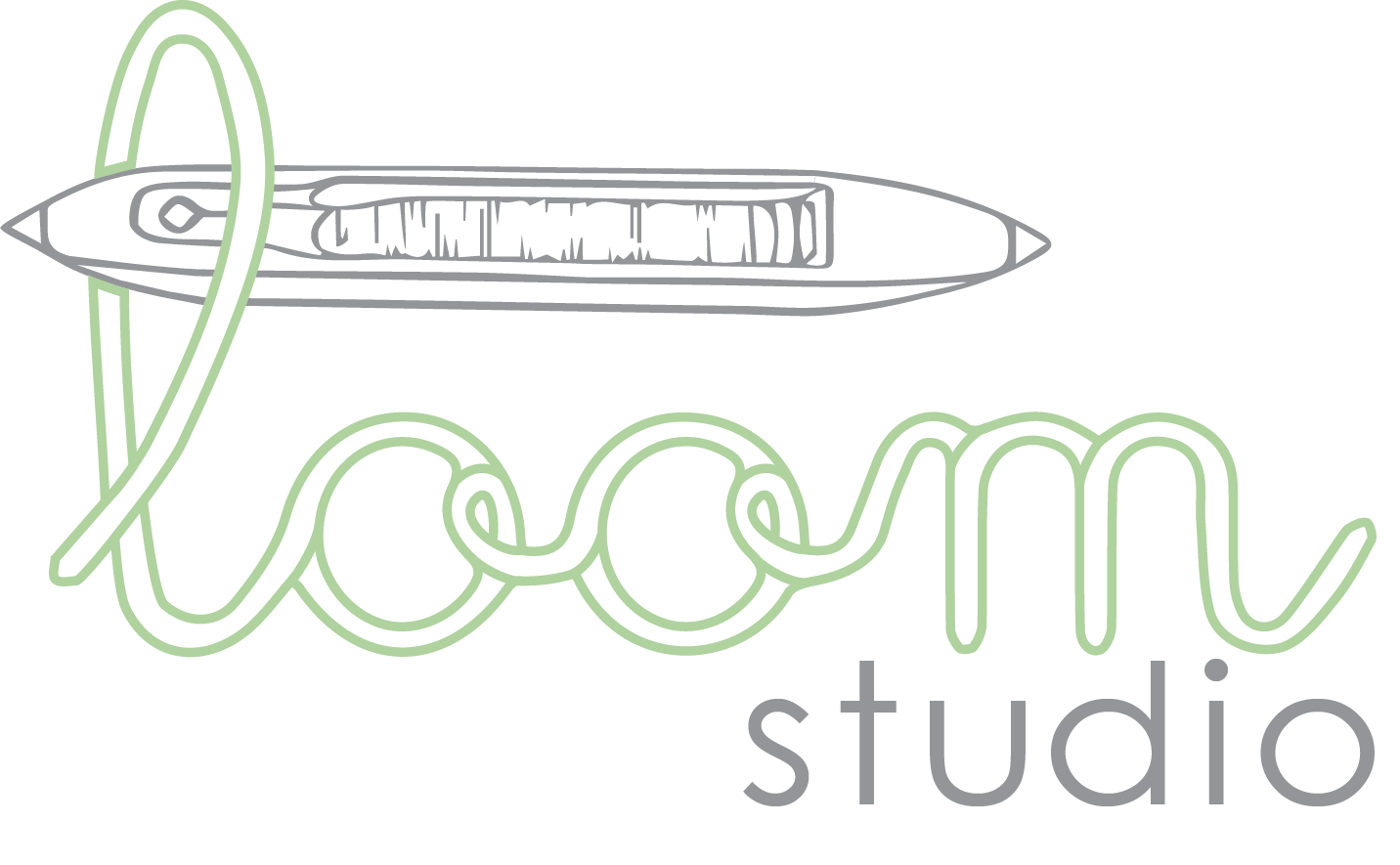Starting Your Weaving Practice: A Guide to Choosing the Right Loom for You.
Weaving is an art form that has been practiced for centuries, and it continues to captivate and inspire people today. With the rise of the DIY movement, more and more people are exploring the world of weaving, and there are many different types and styles of weaving looms to choose from. In this blog post, we will explore some of the most popular types of weaving looms, including tapestry weaving frames, rigid heddle looms, table looms, and floor looms.
Tapestry Weaving Frames
Tapestry weaving frames are simple weaving looms.
They are perfect for beginners.
They have a wooden frame with vertical and horizontal bars to hold the warp threads in place.
Tapestry weaving frames are great for creating small tapestries, wall hangings, coasters, bookmarks, and other small textile goods.
They are portable and easy to store, making them ideal for people who don't have a lot of space.
Tapestry weaving frames are designed to create tapestry style weavings with a weft-faced structure.
The spacing between the notches or pegs is larger, allowing for more spread out warp threads.
If you make your own frame with nails, you can have different setts for different sizes and weaving projects.
However, in general, they are not as adjustable as other styles of weaving looms.
Rigid Heddle Looms
Rigid heddle looms are a popular type of weaving loom that are great for beginners.
The heddles on rigid heddle looms are fixed in place, making them faster to set up and easier for one person to warp on.
The lack of treadles means that the cloth takes longer to weave and you can only weave softer fabrics, as they are not sturdy enough for tapestries and rugs.
With one reed, you are limited to a 2-shed pattern which is plain weave, but you can learn to master multiple reeds in one project to create more complex weave structures.
Rigid heddle looms are great for weaving scarves, table runners, and other small projects.
Like every style of loom, you are limited to the width of the actual loom for your projects.
However, you can extend the length since the warp can wind on the back roller.
Table Looms
Table looms are a step up from rigid heddle looms and are great for beginner and intermediate weavers.
They are called "table" looms because they are small enough to be placed on a table or desk but can also come with their own stand.
Table looms typically have multiple harnesses, allowing for more complex weaving patterns.
They can be used to create a wide range of projects, from scarves and shawls to small blankets and wall hangings.
Like the rigid heddle, you are limited to the width since these looms tend to be between 15”-24”.
If you plan on weaving cloths that are wider than this, a floor loom will be the best choice.
Floor Looms
Floor looms are the largest and most complex type of weaving loom.
They are called "floor" looms because they are large and require a dedicated space to set up. Some can be more compact than others and the weave structures that you are able to create will vary with each one.
Beginner weavers can learn on these looms with the right guidance and workshops.
There are different styles of floor looms such as a jack loom, a counterbalance loom, and a countermarch loom. They all weave similar kinds of cloth with a few differences in how they function.
Floor looms have multiple harnesses and treadles from 4-16, which allows for even more complex weaving patterns.
They can be used to create fine fabrics, intricate tapestries, large blankets, and rugs.
Floor looms are more expensive than other types of looms, but you can find them second hand.
Look for sales on marketplaces or through local guilds.
There are many different types and styles of weaving looms to choose from, and each has its own benefits and drawbacks. I always recommend you take a class to try all the different styles within each category.
Tapestry weaving frames and rigid heddle looms are great for beginners, while table looms and floor looms are better suited for more experienced weavers. Ultimately it will depend on the weaving projects you want to make, your space, your budget and how comfortable you feel while weaving on them.
Whatever type of loom you choose, weaving is a rewarding and satisfying craft that allows you to create beautiful and unique pieces of fabric and art.
Happy Weaving!
Jo






